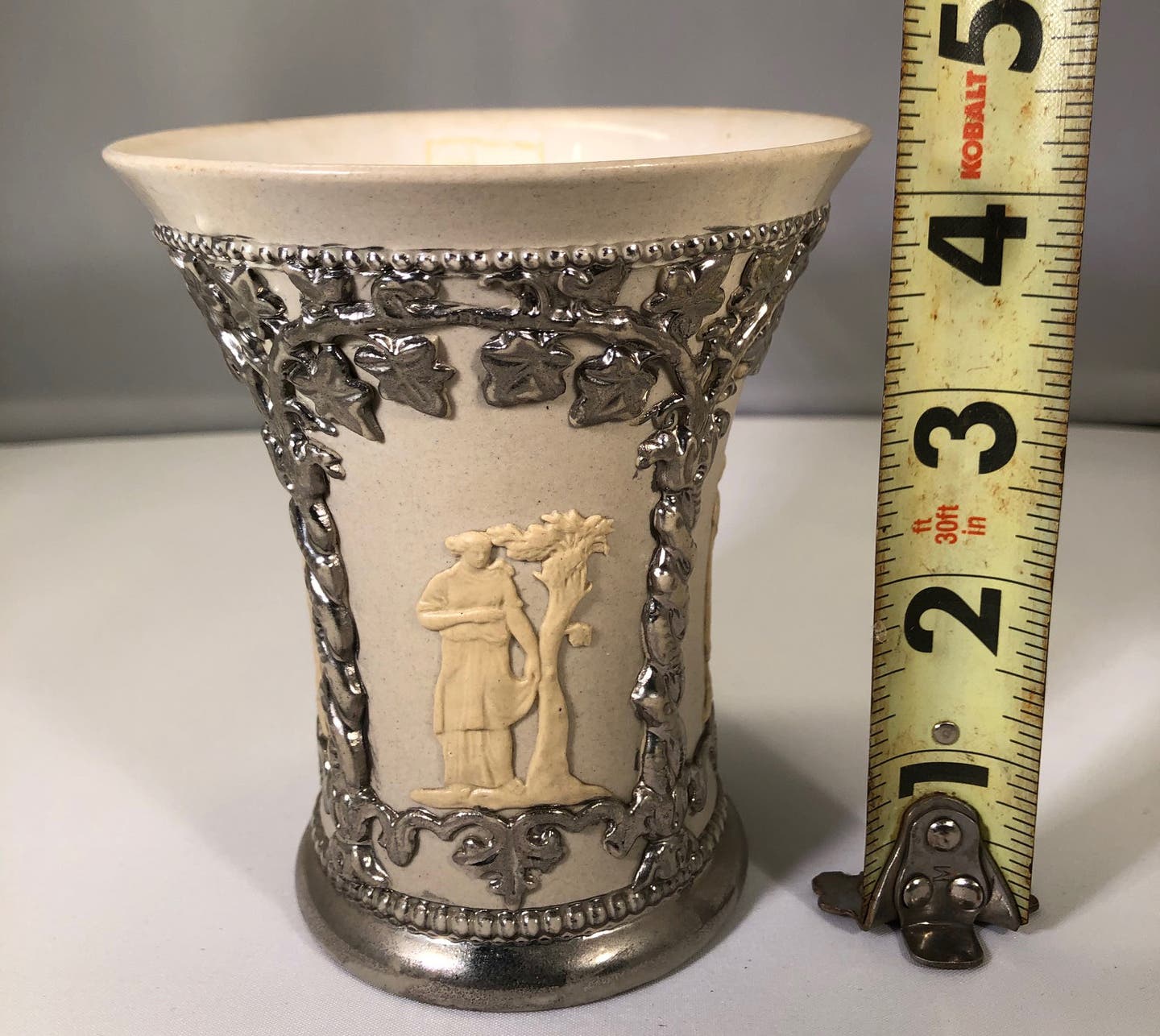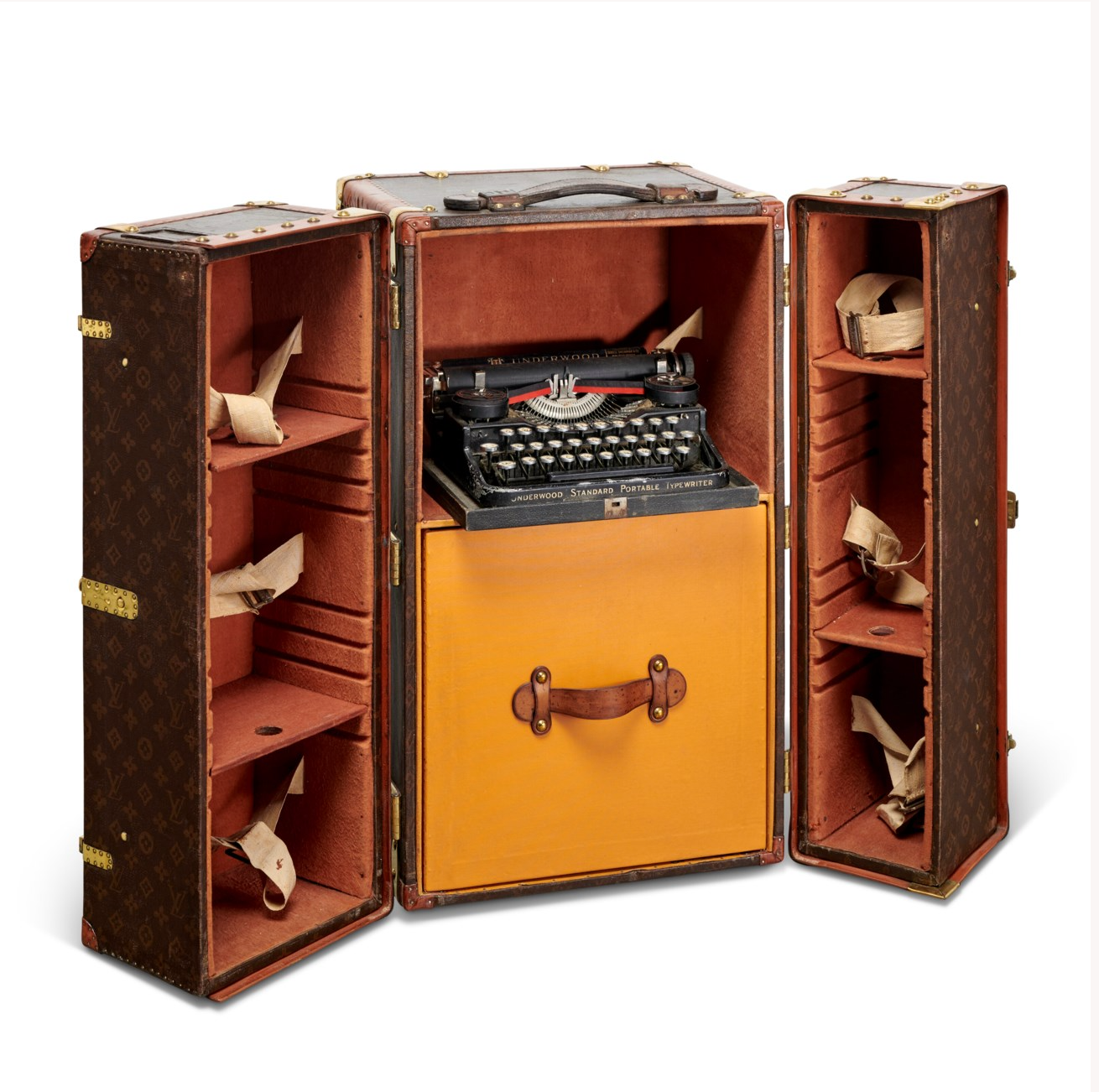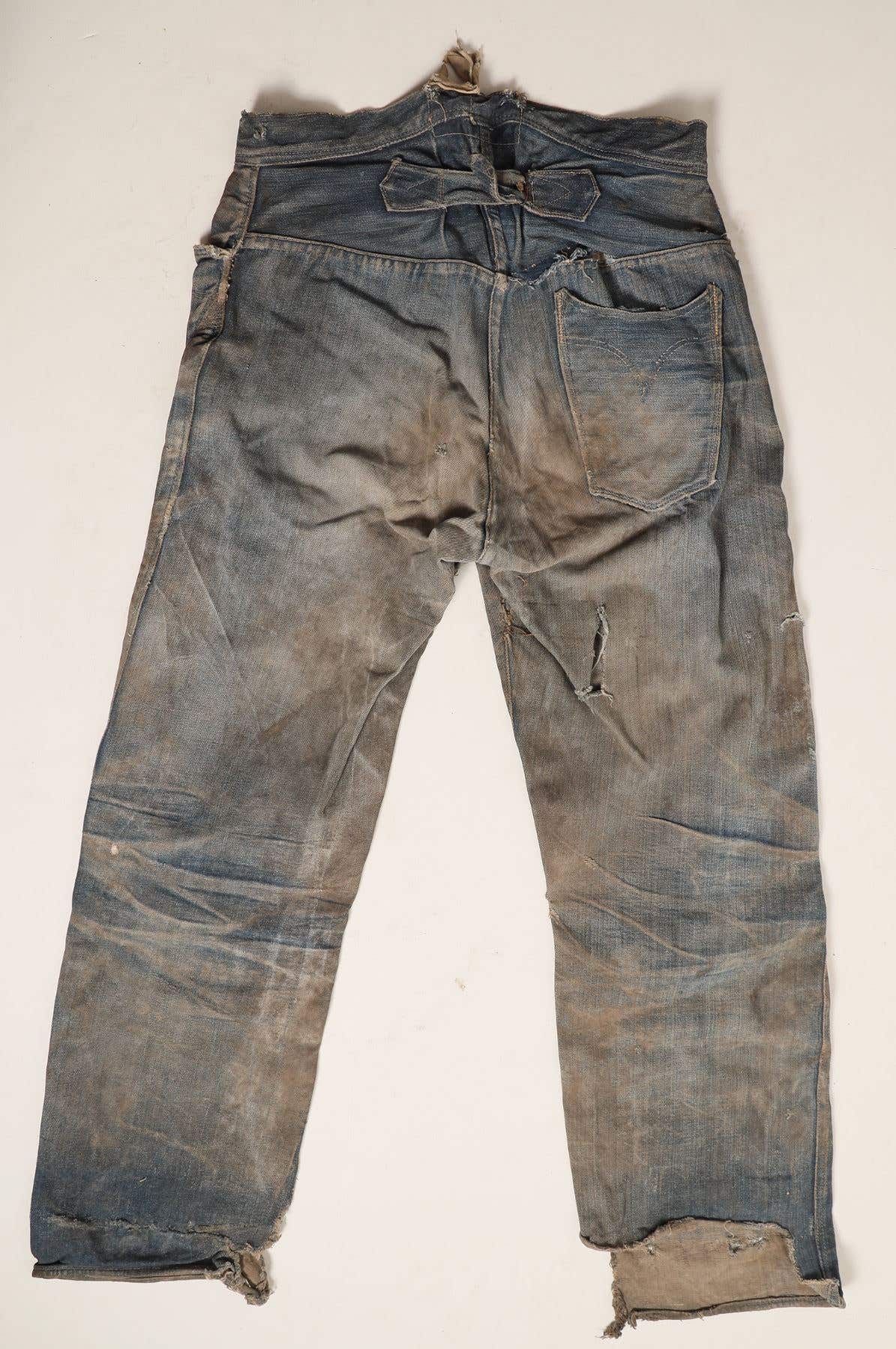Victorian Bathing Machines
Beachside etiquette was once soaked in virtue, especially for women.
For women in Georgian and Victorian times, a day at the beach wasn’t a carefree one spent freely frolicking in the waves at will. Certain bathing etiquette had to be followed to uphold modesty standards, including not letting anyone get a gander of them in their bathing suits.
This was accomplished with the help of a new-fangled invention: the bathing machine. This small, two-door box on four wheels enabled people to put on their bathing suits and walk across the beach without having the opposite sex see them in clothing considered improper.
Even Queen Victoria had her own deluxe bathing machine and personal “dipper,” an escort of the same sex.
Bathing machines began showing up around 1750 when most people skinny-dipped because swimwear hadn’t been invented yet. But even after wearing modest bathing suits became proper etiquette, bathing machines were still in use, thanks to the straight-laced Victorians.
At their peak in the 19th century, bathing machines were a necessary component of upholding seaside etiquette. They were mostly seen at resorts in Great Britain but also used at beaches in the United States, France, Mexico, and Germany. Men and women were usually separated, especially in Britain, so that people of the opposite sex could not see them in their bathing suits. Although bathing machines were used by both men and women, who wished to behave respectably, their use was more strictly enforced for women.
The box would be wheeled out to sea by a horseman. Once deep enough in the water, a bather would emerge from the machine through the door facing away from the beach and any prying eyes and the “fun” would begin — many early etchings and cartoons make the experience look about as fun as bathing a cat. And we are not sure how you would be able to clean every nook and cranny while wearing especially conservative bathing suits. When the bather was finished, they would raise a small flag attached to the roof of the machine and would be rolled back to the beach.
Inexperienced swimmers, which would have included most Victorian women wearing cumbersome swimwear, could request a “dipper” of the same sex, who would escort them out to sea and dip them into the water. When they had paddled around and splashed about for 10 to 15 minutes, the dipper would pull them out of the water and haul them back to shore — thus completing their seaside experience.
When ideas of modesty became more relaxed at the turn of the 20th century and mixed-gender bathing was acceptable, bathing machines were no longer needed and began to disappear. A few of them survived as huts and beachside cabanas, but for the most part, bathing machines were stripped of their wheels and plopped permanently back on the beach to become a footnote in eccentric seaside history.








